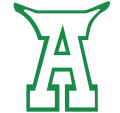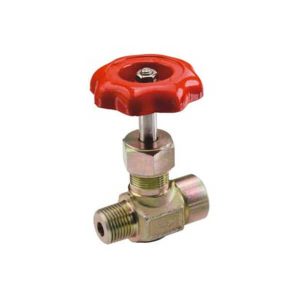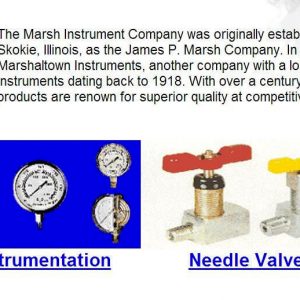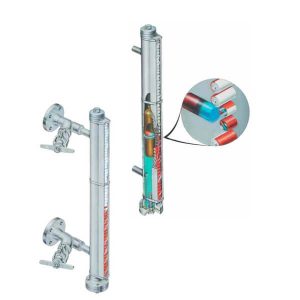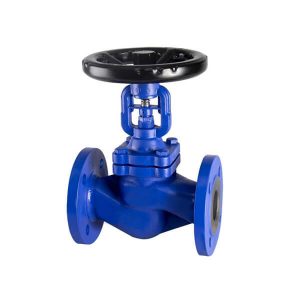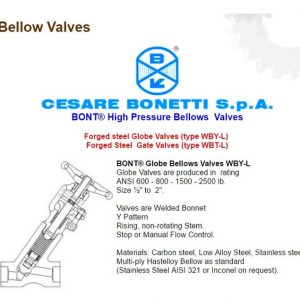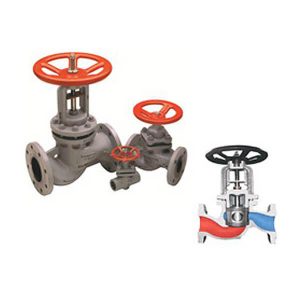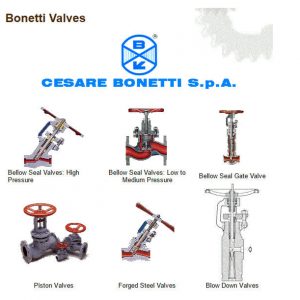Reflex, Transparent And Bi-Colour Glass Liquid Level Gauge
Reflex, Transparent and Bi-colour Glass Liquid Level Gauge
The left drawing shows a typical Reflex Glass Level Gauge. This instrument consists of a metal body, machined to have an internal chamber and one or more front windows (on one side only of the gauge). On each window, a special high-resistance plate reflex glass is fitted with a sealing joint and metal cover plates held by bolts and nuts. The chamber is connected to a vessel with cross fittings and flanged, threaded, or welded ends. Usually, between the instrument and its connecting ends, valves are fitted to consent shut-off piping and disassemble the level gauge without emptying the vessel. Drain valves can also be fitted to cross-fitting devices. To avoid leakage in case of glass breakage, a safety ball-check device can be provided.
Working Principle:
Reflex level gauges working principle is based on the light refraction and reflection laws. Reflex level gauges use glasses having the face fitted towards the chamber shaped to have prismatic grooves with section angle of 90°. When in operation, the chamber is filled with liquid in the lower zone and gases or vapors in the upper zone; the liquid level is distinguished by the different brightness of the glass in the liquid and in the gas/vapor zone. The reflex level gauges do not need a specific illumination: the day environmental light is enough. Only during the night, artificial light must be provided.
The different brightness in the two zones is obtained as explained below:
LIQUID ZONE
This zone appears quite dark when the gauge is in operation and lighted as above said. Given the construction, most of the environmental light rays incident on the external face of the glass are quite perpendicular to said face and, therefore, not deviated by the glass. These rays reach the glass/liquid interface with an inclination of approx. 45°. The critical angle glass/liquid is always superior to 45°. Therefore the rays incident within the critical angle (practically the totality) are refracted within the liquid and, since the internal walls of the gauge chamber are not reflecting, the rays cannot be seen from the outside. The zone will appear dark, nearly black, to the observer.
GAS/VAPOR ZONE
This zone appears almost silver-bright to the observer. As for the liquid zone, the light rays reach the glass/gas-vapor interface with an angle of around 45°. Since this angle is greater than the glass/gas-vapor critical angle, the rays are not refracted but reflected making a 90° turn, thus reaching the nearest glass/gas-vapor interface again with the angle of 45°. For the same reason, they will be reflected and turned by 90° towards the observer, to whom the zone will appear silver bright.
APPLICATIONS:
Reflex-Level gauges can be used in most cases and offer great advantages in terms of low initial cost, low operating cost, and easy level reading. Reflex Level Gauges cannot be used in certain cases (where Transparent Level Gauges must be used) as:
- when the separation level between two liquids has to be read (interface)
- when, besides the level indication, observation of the liquid color is required
- when the process fluid is high-pressure water/steam (since in this case the glass must be protected from the chemical attack of the boiler basic water by using mica shields)
- when the process fluid is such that can corrode the glass (e.g. high-temperature alkaline solutions or hydrofluoric acid) since mica shields or Polytrifluorochloroethylene shields must be used to protect the glass.
PRODUCT RANGE
Bont’s standard range of Reflex Level Gauges, starting from PN 16 up to PN 420/ ANSI 150 up to 2500 lb, and can be manufactured, depending on model & type, in different materials, such as ASTM A105, ASTM A350 LF2, ASTM A182 F304 / F316, Monel, Hastelloy, Incoloy, Carpenter, Nickel, Titanium, Zirconium, Tantalum, Ebonite, PVC, Polypropropilene, PTFE etc.
